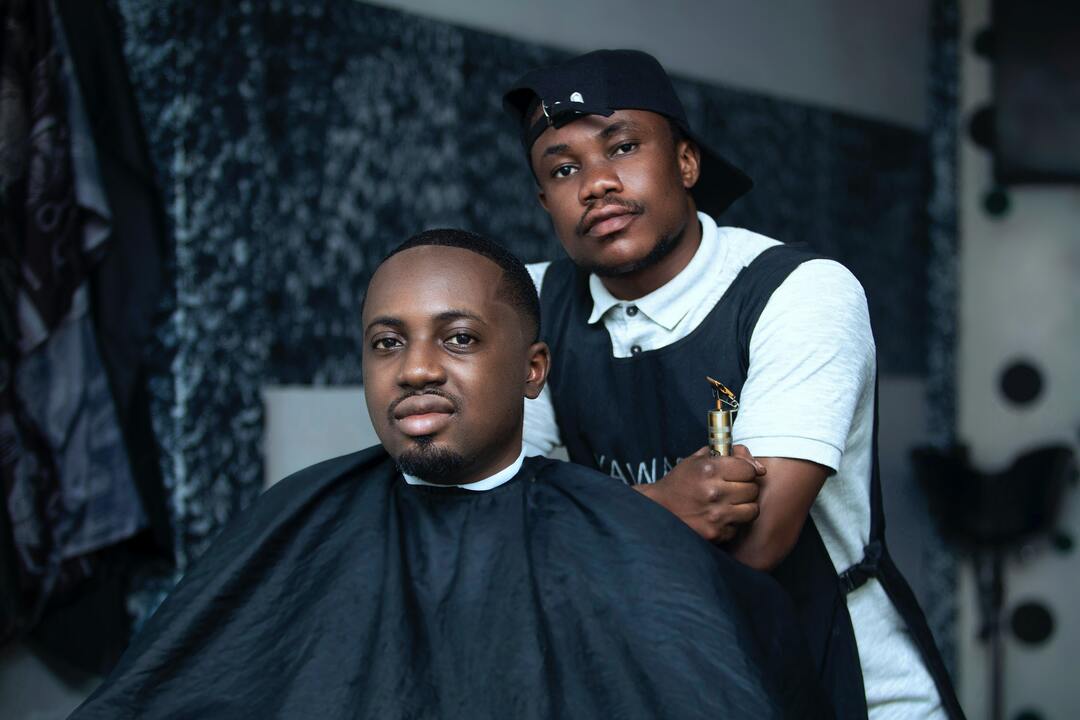
|
Getting your Trinity Audio player ready...
|
Barbering is one of those age-old professions that almost anyone can get into, no matter how young you may be. While there is legislation outlining who is and isn’t allowed to cut and style hair professionally in some countries, there is nothing preventing anyone from grabbing a clipper and cutting your son’s, nephew’s, auntie’s or even your dog’s hair for that matter. Here in Trinidad & Tobago, as far as we are aware, there is no legislation regarding the criteria or licensing for someone to become a professional barber. It’s no surprise, therefore, that there are many people who are interested in at least trying it out. It happens to be a great way to earn money as a side hustle, too, for the people who prefer to keep their nine-to-five. The minimum wage in Trinidad & Tobago is currently $17.50 TTD an hour. A haircut takes 45 minutes to an hour long on average and the price for a haircut locally is approximately $100 TTD. With this in mind, it’s easy to see how barbering can be more lucrative as a main profession than as a side hustle.
The question “What tools or equipment do I need as a new barber?” is probably, by far, the main question we get asked. Therefore, it is only fitting that Trinidad Barber Supplies’ first blog post addresses this very issue.
For someone looking to simply try it out, almost any cheap old clipper you buy will be sufficient. After all, they all cut hair, and they usually come with a selection of guide combs to allow you to cut hair of varying lengths. That being said, this discussion is for those who would like to venture into barbering as more than just a hobby.
Let’s dive into this list!
Clipper

This is the only ‘must-have’ in the entire list. While some might say you can do a complete haircut with a scissors and comb, that requires a measure of skill and a beginner is most likely to botch that haircut… Sorry! However, a beginner would most certainly be able cut the hair down at least to one level with a clipper. A clipper is your main cutting tool to trim bulk and make the hair manageable during the process. It is also used for fading the hair by using a combination of detachable guide combs and the blade adjustment lever.
As with any barbering tool, clippers come in a variety of brands, shapes, sizes and an even wider variety of internal specs such as motor-types, for example. To keep things simple, we are going to divide clippers into two broad categories: entry-grade and professional-grade. Entry-grade clippers would be on the low-end of the price spectrum costing between $400 to $900 TTD. Entry-grade clippers give basic cutting ability and don’t usually last as long as the professional grades. Professional-grade clippers will usually range from about $1400 to $2000 TTD, sometimes higher. Most provide, excellent cutting ability, excelling in a particular area such as fading ability or bulk removal ability, and usually last years.
As a beginner, you’re most likely to consider what is the most affordable or cost-effective clipper you can get, and while there’s nothing wrong with that, you may be hindering yourself in the long run, because by simply expanding the budget slightly, you can go from a cheap, trash clipper you’ll need to repair or replace within a short space of time (not so cost-effective after all) to an entry-grade clipper so good that even some professional barbers use and recommend. We’ll venture even further to say that, in 2022, we are not going to recommend any corded clippers due to several limitations from heating and noise issues, to lack of mobility, less power, etc.
Some entry-grade clippers available here to us right here in Trinidad & Tobago are the , Kemei 1984, Wahl Magic Clip and Ceenwes silver and gold, and the Stylecraft Rogue (that is actually a professional grade clipper, but without all the extra cases and charging stands so the price is low). For those with a larger budget, who want to take the leap into getting a professional-grade clipper, you’re going to want to consider something like the jRL 2020C, Stylecraft Saber, Babyliss LOPROFX or GoldFX, etc.
Trimmer
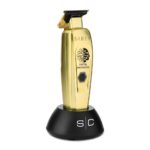 The trimmer, commonly called the liner, is what barbers mainly use for creating sharp edges in the hair or around the hairline. Depending on how you adjust the blade, it is also used to cut the hair down almost to skin level when performing skin fades, or even shaving the beard and mustache. Used in combination with an electric shaver or straight razor, you can really take the hair down to skin level for that clean ‘baby’s bottom’ finish. Many options are available here, so pick the one that best suits your budget.
The trimmer, commonly called the liner, is what barbers mainly use for creating sharp edges in the hair or around the hairline. Depending on how you adjust the blade, it is also used to cut the hair down almost to skin level when performing skin fades, or even shaving the beard and mustache. Used in combination with an electric shaver or straight razor, you can really take the hair down to skin level for that clean ‘baby’s bottom’ finish. Many options are available here, so pick the one that best suits your budget.
Capes and Aprons
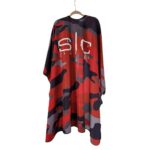
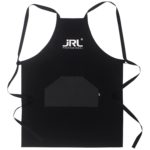 Capes are, without a doubt essential they keep the client clean and prevent hair from getting all over their clothes and skin – without this things can get quite messy and itchy. The apron keeps the barber’s clothes clean and almost all of the latest styles have some form of pockets that are specifically designed to fit your clippers, scissors, combs, etc., which helps you to increase both your speed and efficiency when working.
Capes are, without a doubt essential they keep the client clean and prevent hair from getting all over their clothes and skin – without this things can get quite messy and itchy. The apron keeps the barber’s clothes clean and almost all of the latest styles have some form of pockets that are specifically designed to fit your clippers, scissors, combs, etc., which helps you to increase both your speed and efficiency when working.
Neck strips
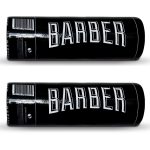 Neck strips are used to create a barrier between the client’s neck and the reusable cape.D Some barbers use tissue paper, but in 2022, we can have a little more finesse by using the neck strips, especially as the cost is so cheap. It works out to be approximately $0.40 TTper neck strip, so there’s really no need to be frugal.
Neck strips are used to create a barrier between the client’s neck and the reusable cape.D Some barbers use tissue paper, but in 2022, we can have a little more finesse by using the neck strips, especially as the cost is so cheap. It works out to be approximately $0.40 TTper neck strip, so there’s really no need to be frugal.
Scissors
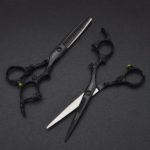 Scissors may or may not be considered essential. It depends on if the hairstyles you plan to do require them or not. However, it would not hurt to add a pair or two to your arsenal, just in case you do get a client that you need them for… because trust us, when you do need them, you’ll regret not spending the few extra dollars to get a good pair of scissors!
Scissors may or may not be considered essential. It depends on if the hairstyles you plan to do require them or not. However, it would not hurt to add a pair or two to your arsenal, just in case you do get a client that you need them for… because trust us, when you do need them, you’ll regret not spending the few extra dollars to get a good pair of scissors!
Handheld hair dryer
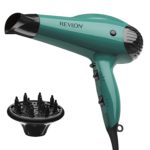 This is not essential if you don’t plan to wash hair, but we guarantee you will miss it in the event that you do. It can be quite a disgusting experience to cut dirty hair… or let’s imagine it rains and the client arrives with wet hair? You can’t cut wet hair with your clippers and you’ll regret having to spend that extra time waiting for hair to air dry. Hair dryers are also key in certain hairstyles; forget achieving the same result without one.
This is not essential if you don’t plan to wash hair, but we guarantee you will miss it in the event that you do. It can be quite a disgusting experience to cut dirty hair… or let’s imagine it rains and the client arrives with wet hair? You can’t cut wet hair with your clippers and you’ll regret having to spend that extra time waiting for hair to air dry. Hair dryers are also key in certain hairstyles; forget achieving the same result without one.
Brushes and combs
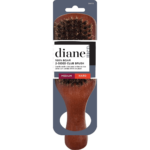
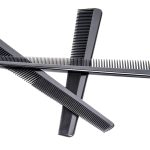 Various sizes and designs are available to coax, train and style the hair, but the absolute basics a barber should have are the 7-inch tapered comb and an afro-pick. Brushes also come in quite a wide variety, but to start with you should have a small barber brush or knuckle brush which you can use to brush the short hair while fading and/or cleaning your tools.
Various sizes and designs are available to coax, train and style the hair, but the absolute basics a barber should have are the 7-inch tapered comb and an afro-pick. Brushes also come in quite a wide variety, but to start with you should have a small barber brush or knuckle brush which you can use to brush the short hair while fading and/or cleaning your tools.
Clipper Spray
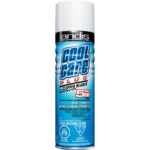 This is essential for clipper maintenance: keeping your tools clean to prevent cross-contamination of bacteria, germs and fungi from client to client. It can also be used to clean your combs, brushes etc. The clipper spray also has a little lubrication, which helps your clippers to run smoothly. However, it does not provide sufficient lubrication so it is always recommended to add clipper oil to your arsenal for use in between cuts or as needed.
This is essential for clipper maintenance: keeping your tools clean to prevent cross-contamination of bacteria, germs and fungi from client to client. It can also be used to clean your combs, brushes etc. The clipper spray also has a little lubrication, which helps your clippers to run smoothly. However, it does not provide sufficient lubrication so it is always recommended to add clipper oil to your arsenal for use in between cuts or as needed.
Barber Backpacks
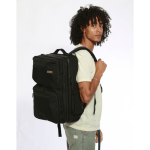 New barbers tend to do mostly house calls before taking the leap to join a barbershop. Therefore, for easy and safe transportation, we highly recommend getting a bag designed to hold and transport your barbering tools safely such as the G&B Pro Mobile Stations. To ensure even more safety for your tools during transport, you can get a padded sleeve for an extra layer of protection in case your bag gets knocked around.
New barbers tend to do mostly house calls before taking the leap to join a barbershop. Therefore, for easy and safe transportation, we highly recommend getting a bag designed to hold and transport your barbering tools safely such as the G&B Pro Mobile Stations. To ensure even more safety for your tools during transport, you can get a padded sleeve for an extra layer of protection in case your bag gets knocked around.
There are also additional challenges and solutions with house calls, which will be highlighted in a future article, such as tripping over wires; this is another reason why we don’t recommend corded machines – except blow dryers – in 2022. For decades, barbers have struggled for reach with short cords, and even if you solve that with an extension cord, either you, the client or anyone in the vicinity can easily trip over the cord. No more of this in 2022, please.
There are other optional add-ons to this starter kit, of course, but over time, through experience and with the right advice from other professionals, you’ll be able to determine what essentials you require for your kit, e.g. hair products or aftershave. You don’t have to start big to get big in this game; trust us when we say that your heart for the craft and perseverance for acquiring the knowledge and experience will take you far. Congratulations on taking the first step in this new vocation and we look forward to serving you and your business and seeing what you can bring to the world of barbering!
____
If you would like to purchase any items listed in this article, feel free to add the items to your basket and proceed to checkout, or you can fill out this order form here with your required list of items. All orders placed are delivered directly to you.
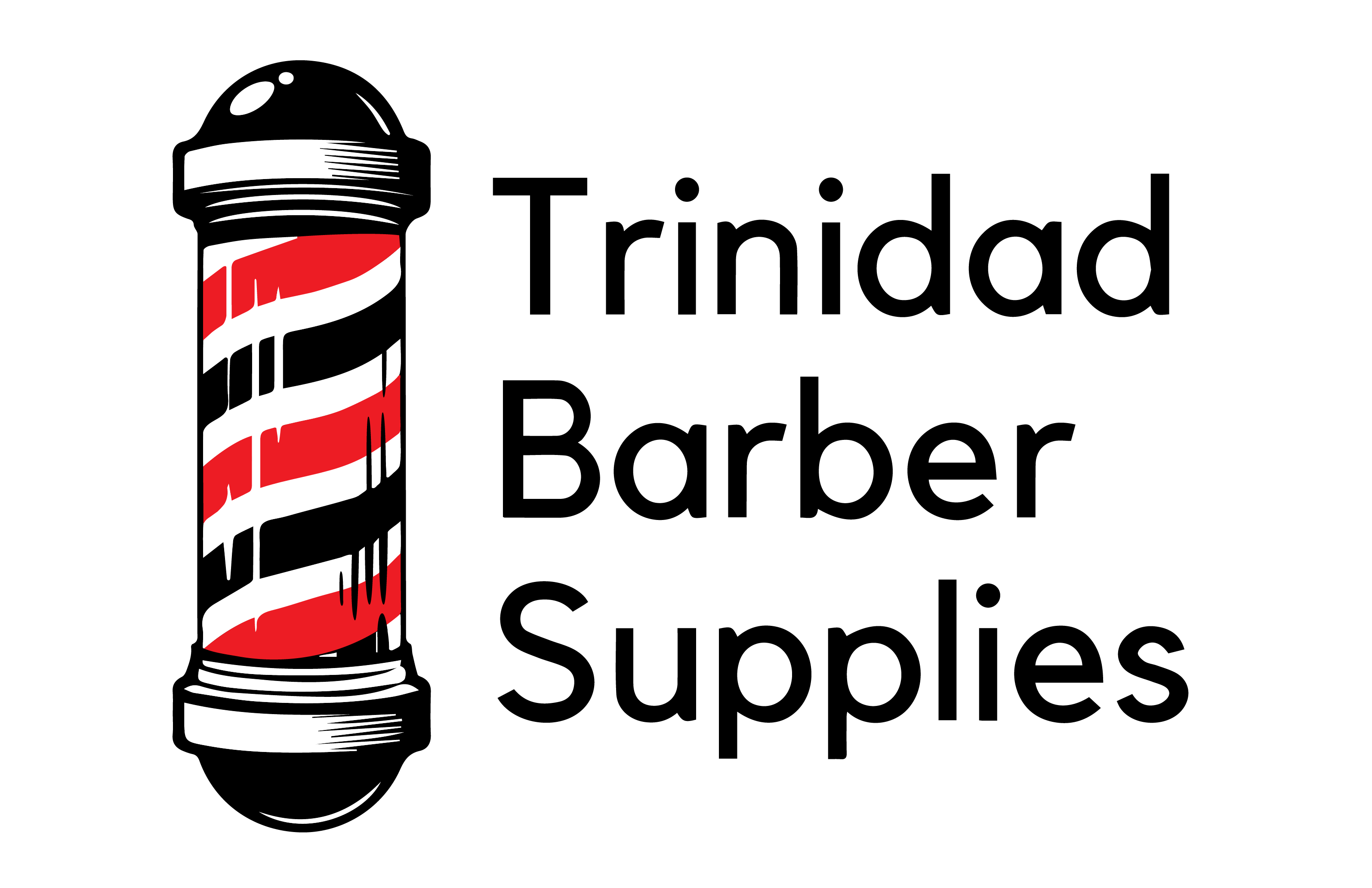

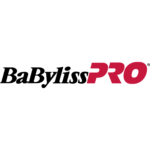

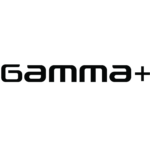
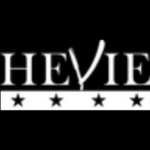
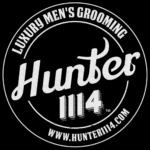


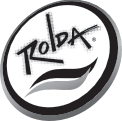
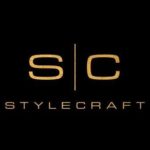
Great information indeed. Thank you.
As a professional barber for almost 20 years and expanding professionally in United States, this is a great insight for new barbers and all barbers. I highly recommend new barbers getting Kemei, ceenwes etc, the lower grade because it takes training and form to use high end clippers. Also, as a new barber you will destroy clippers and trimmers that cost thousands. It takes training for a while to use highend tools. Another thing to keep in mind, high end tools are extra sharp and you will cut your customers skin badly. Try to avoid getting knocked out cold and take my words well. Only experience barbers should use high end but don’t stay using low end after 1 years. Best Regards! razor_rickie.